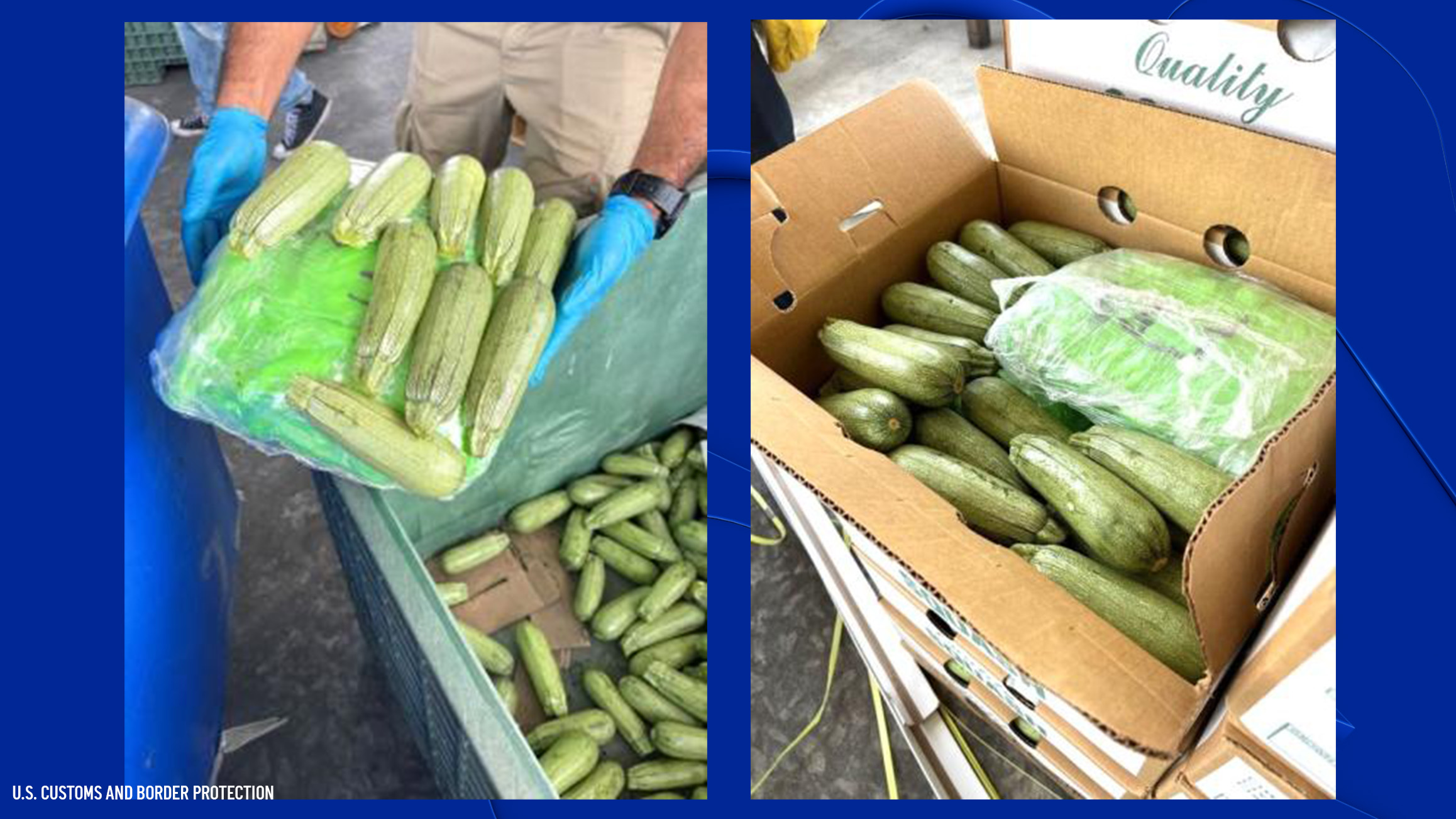It's finally starting to warm up, not just in San Diego, but across the state. Those warmer temperatures will accelerate snowmelt, which raises some concern when it comes to the inundation of water for streams and reservoirs, especially in Northern California. On the other hand, it's a relief to California's reservoirs.
Taking a walk in Mission Valley along the San Diego River paints a picture of what California looks like. Rivers and streams filling up thanks to record rain and snow across the state. These bodies of water will continue to fill up this season, thanks to record snowfall over parts of the Sierra Nevada. Now, the hope is that all that snow doesn't melt too fast.
Andrew Schwartz is the lead scientist at UC Berkeley's Central Sierra Snow Lab. He and his team measure snowpack using a hollow snow tube at Donner Pass in the Sierra Nevada.
"The really important measurement is when we pull the core of snow out and then we weigh it and when we weigh it we get the amount of water that’s contained in it," Schwartz said.
Get San Diego local news, weather forecasts, sports and lifestyle stories to your inbox. Sign up for NBC San Diego newsletters.
That information collected is fed into models so that reservoir managers know how much is going to come in, giving a better idea of how to strategize when it comes to releases of water and how much of it needs to be conserved.
Schwartz says this year's statewide snowpack is 247% of its average. While it's good for our water supply, that much snow proved to be problematic.
”It was kind of an eerie feeling because there were periods of time when the roads were all closed and we were really all alone in town," Howard Sheckter said
Local
Sheckter is a weather forecaster and realtor who has called Mammoth Lakes home for 45 years. He's lived through decades of winter seasons, none quite like this year.
”Some storms dropped three to four feet in town," Sheckter said.
As of April 20th, the Southern Sierra, Mammoth Lakes included, had 319% of its normal snowpack. Just last month, Mammoth Mountain announced it had broken a seasonal record of reaching 695 inches of snow and could keep the slopes open until at least July.
”In the southern region, there’s a lot of records being broken, there are a lot of areas over three times above their average," Schwartz said.
Schwartz also says the central and northern portions of the Sierra, while not breaking as many records, have also reached above-average levels and have a very healthy snowpack this year. As of Thursday, the northern portion was at 212% of its average and the central region was at 250%.
”Instead of rain where it comes all at once and kind of inundates its system, the snow gradually melts," Schwartz said. "As that gradually melts, it keeps our forests moist and deters fire danger and then of course comes in and fills in streambeds and rivers and floats down to our reservoirs.”
Gradual is the key word. Schwartz says as long as things don't move too faster, we're in good shape.
”That being said, there is a lot of water up there and we’re just hoping that mother nature kind of cooperates and doesn’t throw us a curve ball with very hot temperatures to melt it all at once.”
All that melting snow will not only result in rising water levels, but the water will be cold and could be swift. Cal Fire and the California Department of Water Resources are asking swimmers and recreators to hold off from enjoying the water until summer.



